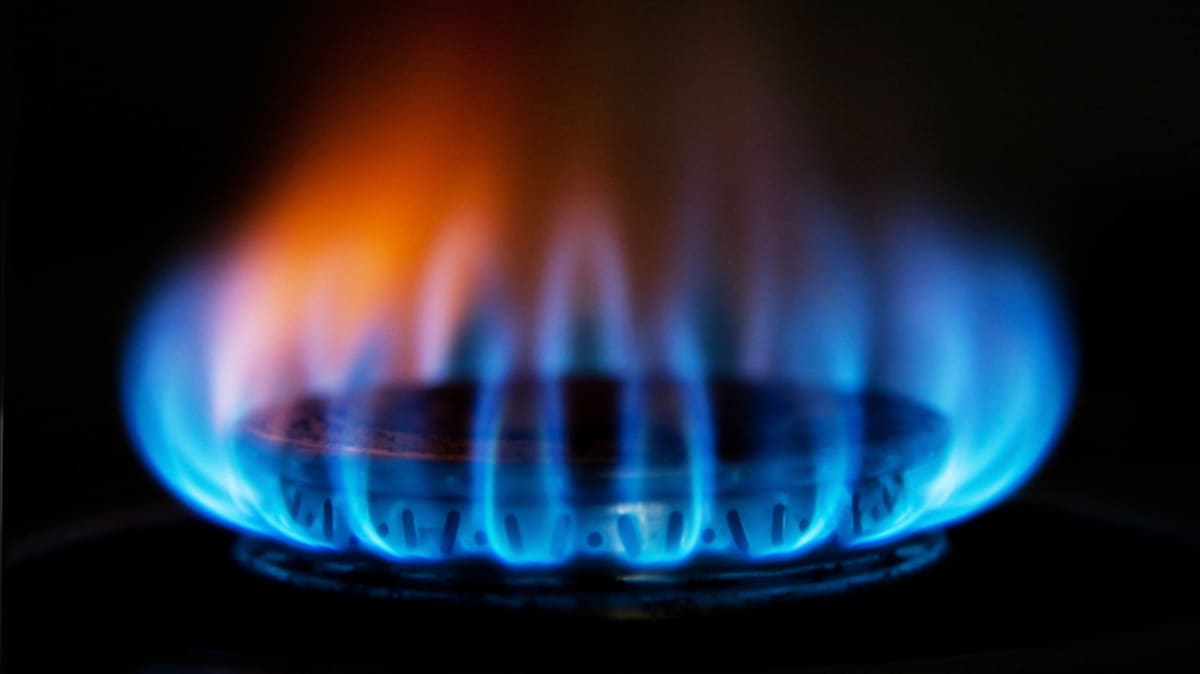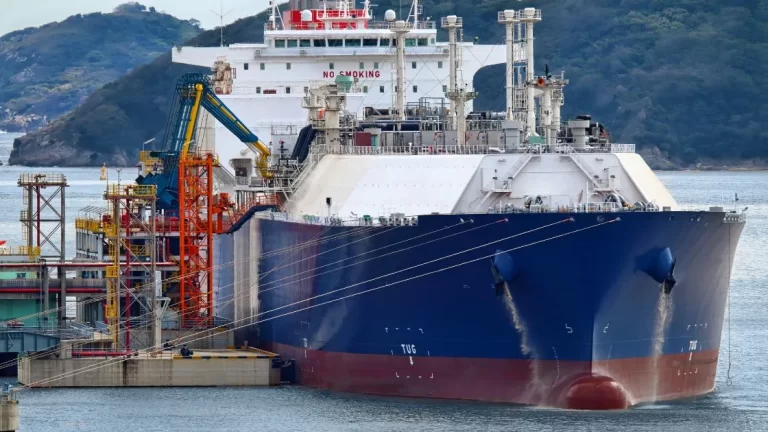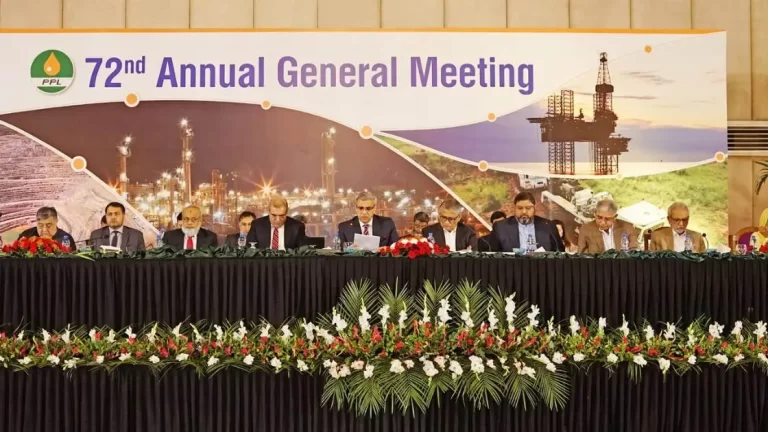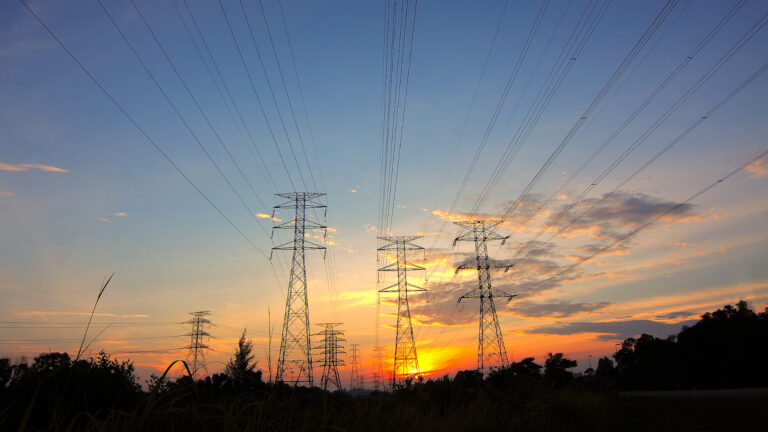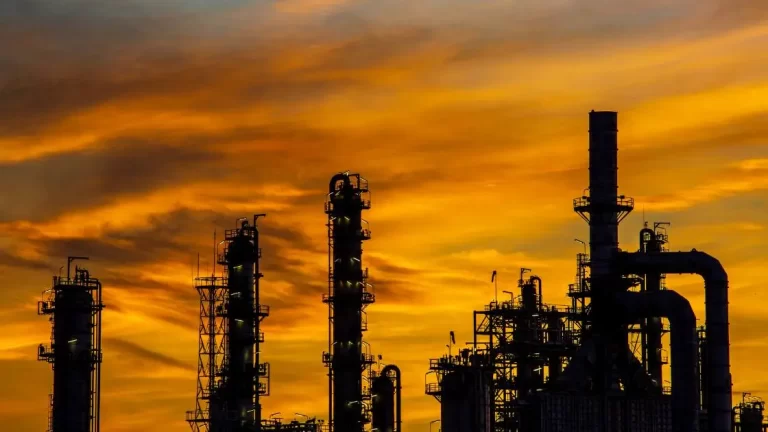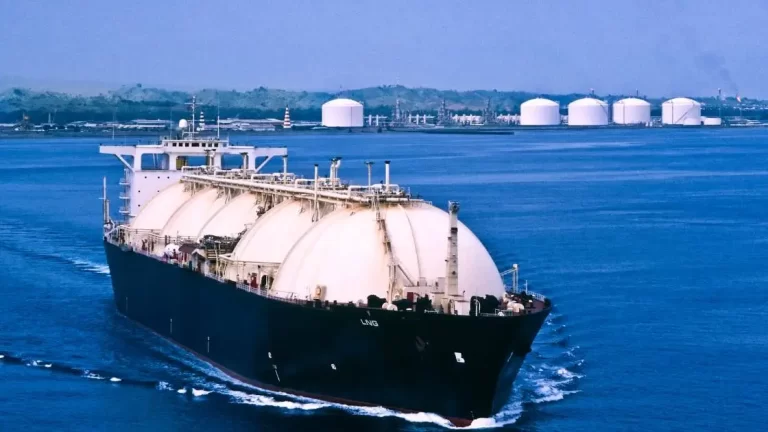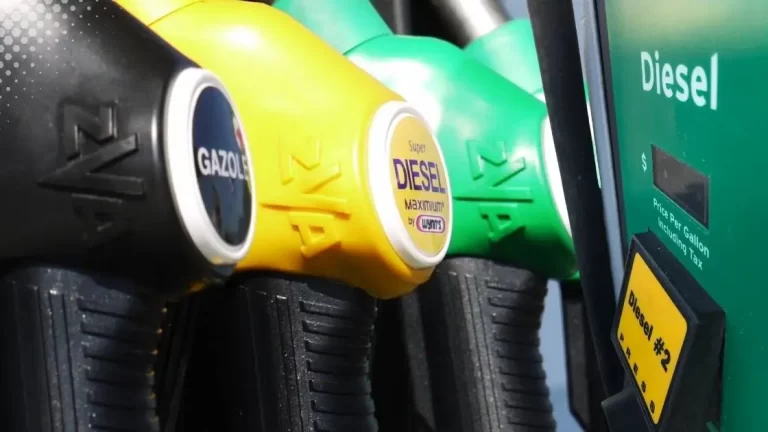EU gas prices rise, Jump 9% for December 2022
As the hot winter approaches, EU gas prices have jumped 9 % for December 2022.
The gas prices in the EU had been steady earlier due to mild weather.
During the trading on Thursday, spot prices for natural gas in the EU exceeded $1,400 per thousand cubic meters which witnessed a rise of 9%, according to data from the London Intercontinental Exchange (ICE).
They climbed as high as $1,405 in case of the price of gas futures for December delivery.
The price opened at the TTF hub in the Netherlands went up 3.7%, at $1,333 per 1,000 cubic meters.
Later, these prices rose to as high as $1,405.
The prices of natural gas have witnessed a decline during the entire of October.
However, they rose to high on the first days of November when the temperature declined.
The European economies have been struggling due to the high price of gas followed by a cut in supplies from Russia due to the Ukraine war.
Now, Europe is relying on LNG, and United States (US) has become the second largest supplier of commodities to meet the demand of EU economies.
However, experts see that Europe would be facing the worst gas crisis as the LNG would not be enough to meet the rising demand of Europe when the weather becomes more extreme due to low temperatures.
The LNG in the global market has also disappeared even in countries like Pakistan, India, and Bangladesh.
Pakistan had been floating tenders for the last year but had not been able to secure LNG supplies due to a shortage of commodities in the global market.
Even the prices had gone up to a historical high.
Experts had also predicted that there would be no LNG available for some countries like Pakistan, India, and Bangladesh till 2026 due to the rising demand of the EU.
EU countries have been storing gas due to the coming weather.
Data from Gas Infrastructure Europe revealed that gas storage sites in the EU were almost full at 99 %.
However, the Germany had biggest reserves of gas which were full to a peak level of 99%.
Despite this position of storage, economists had been worried and warned the risk of shortage of gas was still looming due to tight supplies in the global market.
Despite recent low prices in the EU, they noted that EU gas prices were still higher four times compared to the normal prices for this year.
They have warned that next year could be harder for the EU due to a decline in inventors in wake of fewer supplies from Russia.
Moreover, Bloomberg reported that gas storage facilities from Italy to the Netherlands had been mainly under the control of traders, energy utilities, and industrial groups.
Public officials had only 10 percent direct control over gas in storage facilities whereas the remaining control was with traders, energy utilities, and industrial groups.
These international companies were empowered to sell the commodity at a higher price.
They could even sell gas in some other countries to make a higher profit.
IEA warns gas crisis to worsen next year
Meanwhile, the International Energy Agency (IEA) has warned the EU gas crisis may continue next year due to tightening supplies in the global market.
It has been said that the EU may not be able to arrange supplies to refill their storages next year which would worsen the gas crisis.
EU countries are required to fill their storage in the summer season to meet demand in the winter season.
IEA has predicted that it seemed harder for the EU to arrange supplies to refill their storage for winter 2023-24.
Though the EU had supplies for the current winter it would be harder for next season to arrange gas due to fewer supplies from Russia.
According to the IEA, replenishing stocks this year “benefited from key factors that may well not be repeated in 2023,”.
It referred to Russian pipeline gas deliveries that were close to pre-sanctions levels for much of the first half of the year despite having since dwindled due to sanctions and technical difficulties.
The region also benefited from China’s lower LNG imports in the first ten months of 2022, which freed up LNG on the global market and enabled the EU to compensate for a drop in Russian gas deliveries with increased LNG purchases.
“The new IEA analysis shows that in the event of a complete cessation of Russian pipeline gas supplies to the EU and a recovery of Chinese LNG imports to 2021 levels, Europe could face a challenging supply-demand gap of 30 billion cubic metres during the key period for refilling gas storage in the summer of 2023.”
According to the report, “this gap could represent nearly half of the gas required to fill storage sites to 95% capacity by the start of the 2023-24 heating season.”
According to IEA chief Fatih Birol, next winter could be much harsher than this one.
“When we look at the latest trends and likely developments in global and European gas markets, we see that Europe is in for an even tougher challenge next winter,” he warned.
To prevent the crisis from worsening, he suggested that European governments step up efforts to “structurally reduce gas demand” across the region.


